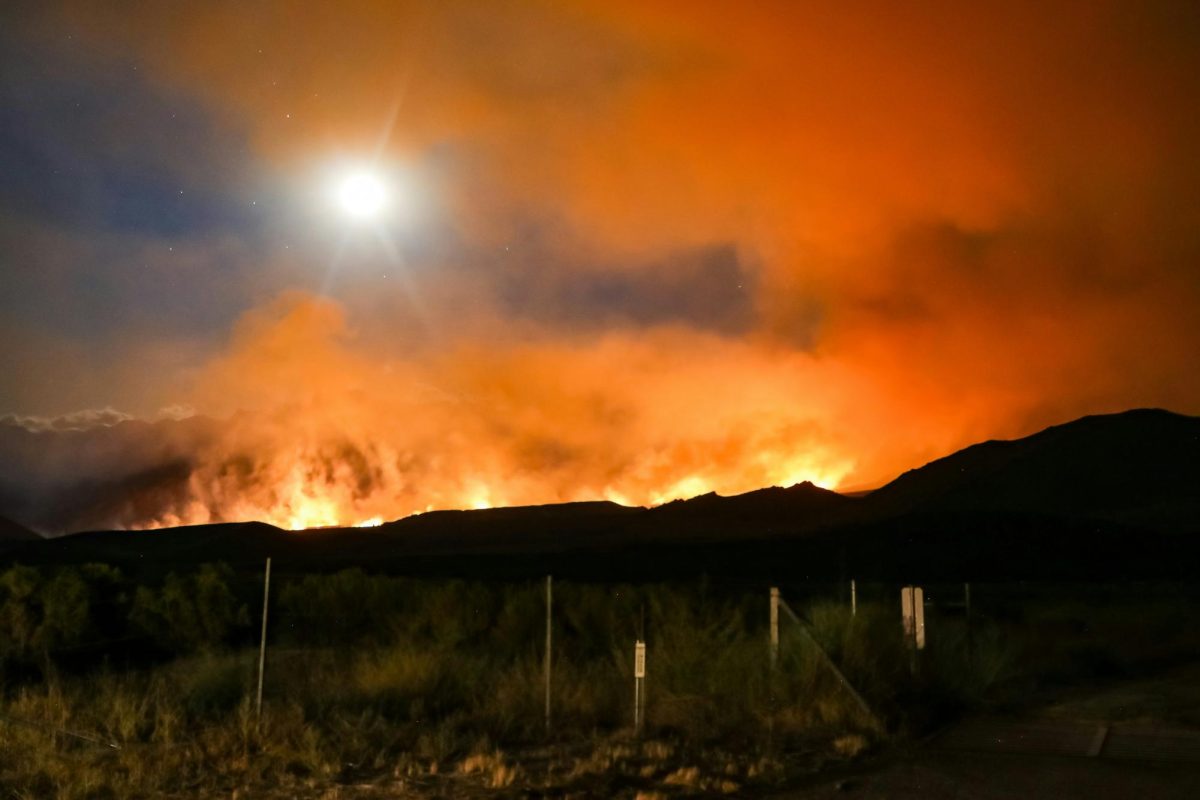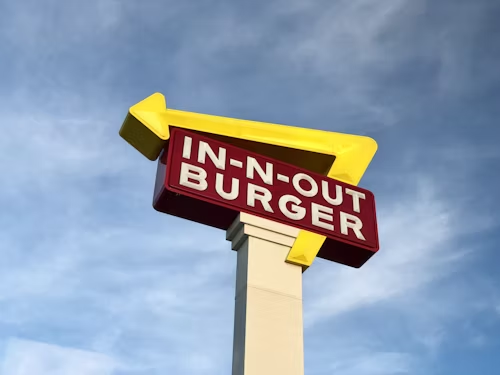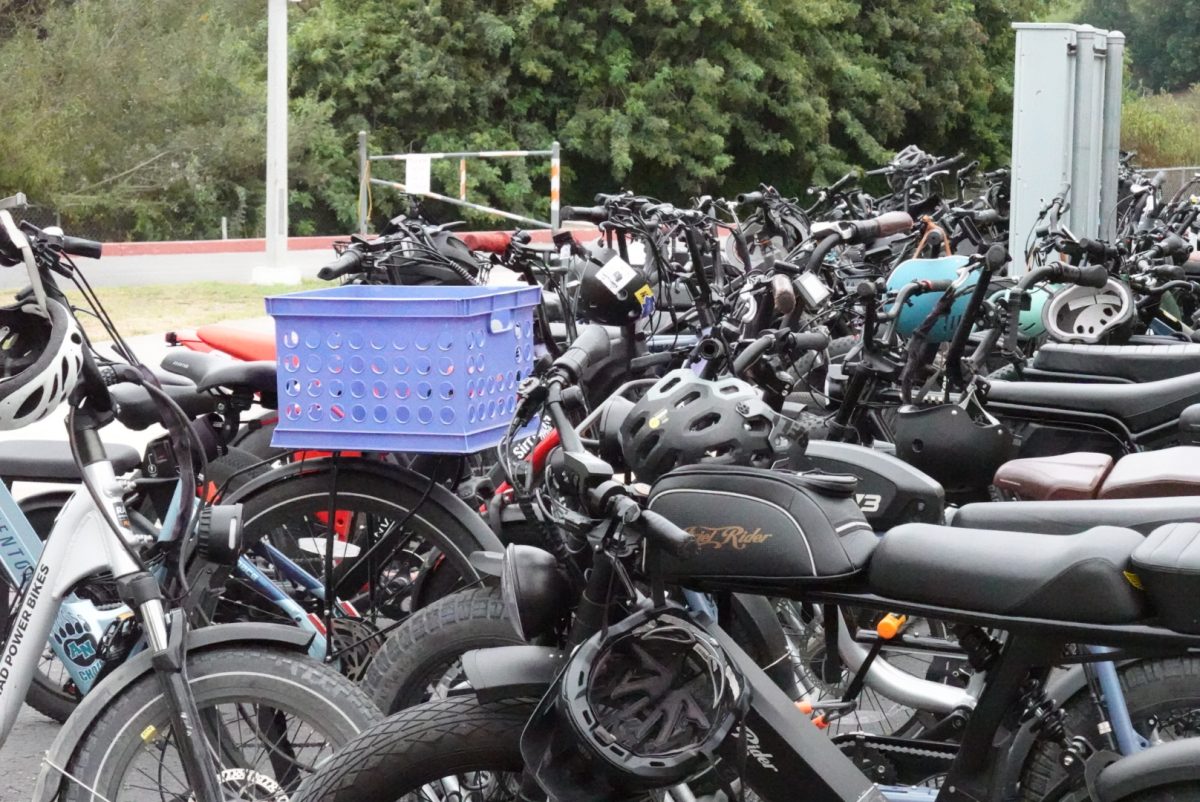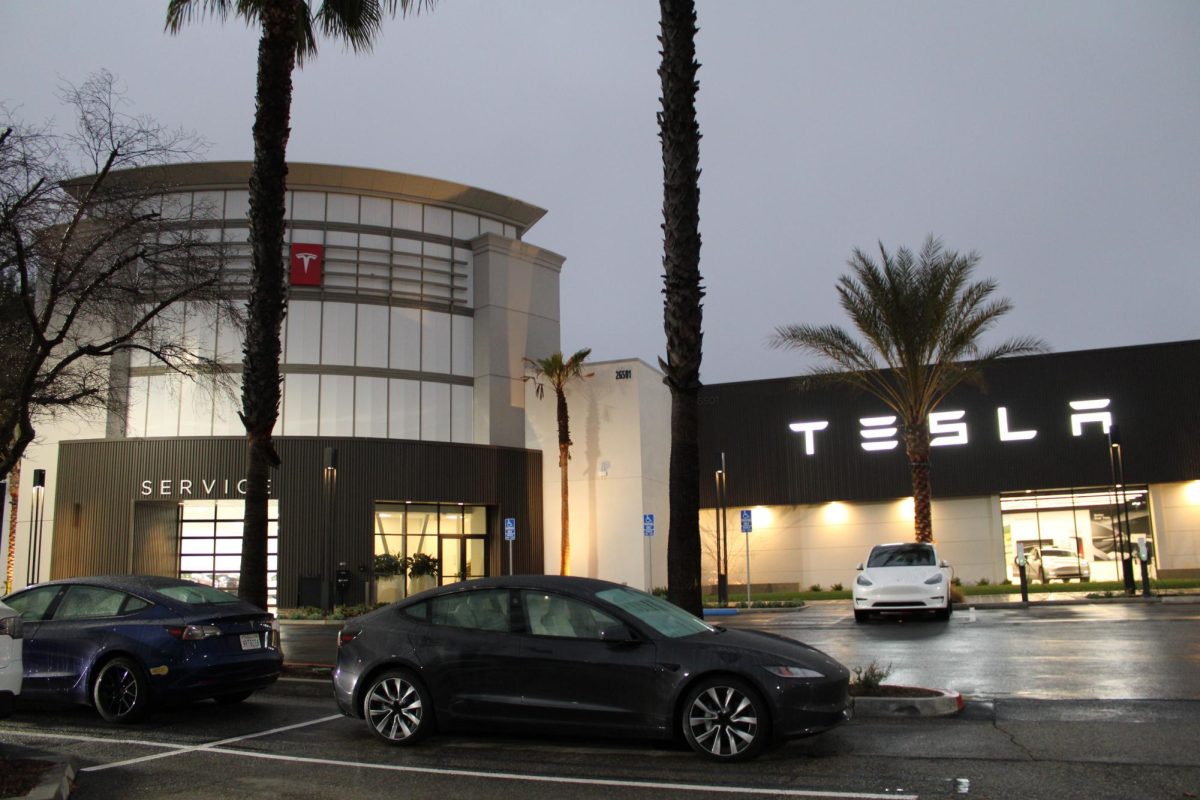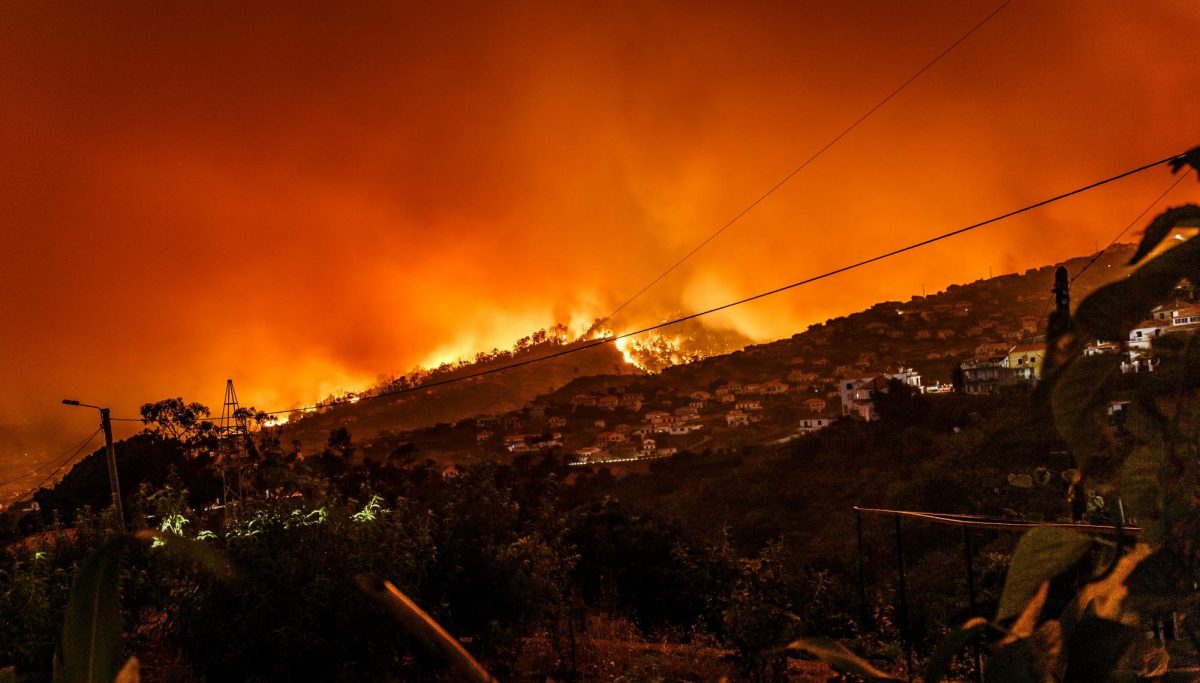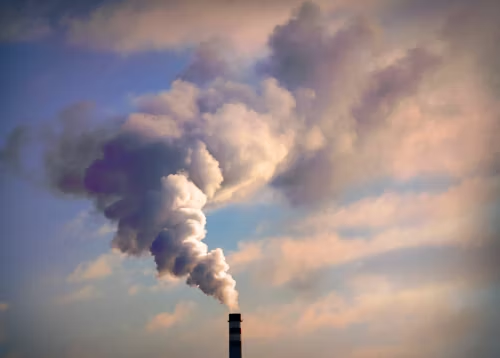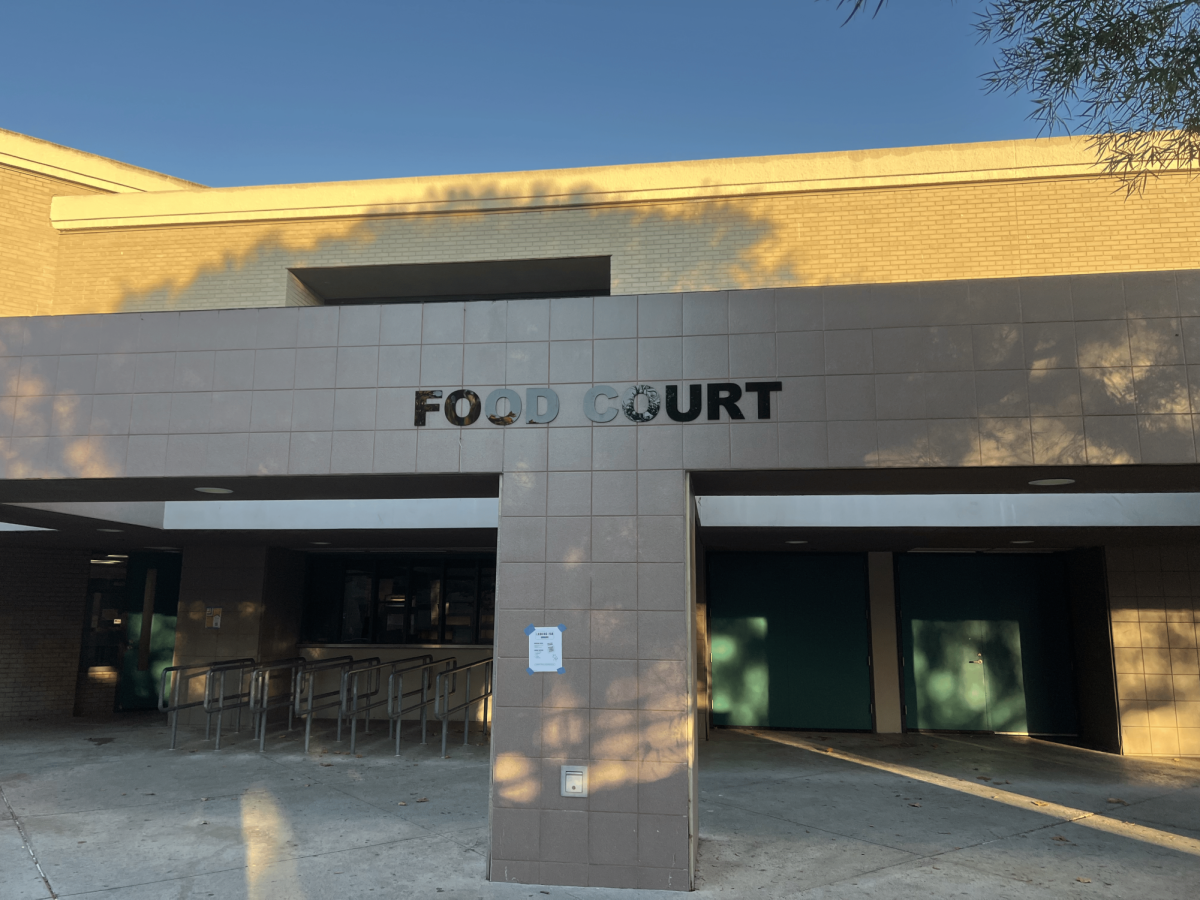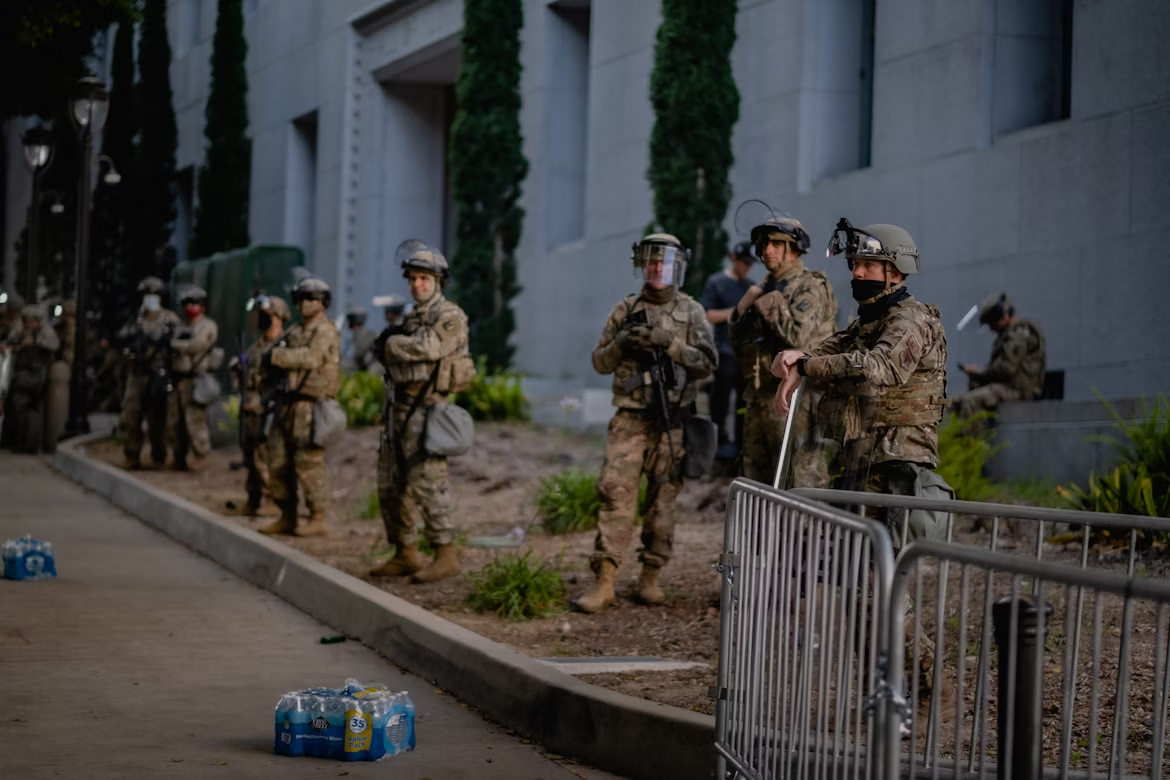Los Angeles was once again faced with the devastating effects of wildfires, with multiple blazes scorching thousands of acres, destroying homes and putting lives at risk. Firefighters had been battling intense flames fueled by dry conditions and strong winds, with successful containment efforts.
After weeks of destruction, the Palisades and Eaton fires in Los Angeles are now fully contained, marking the end of one of the most devastating fire events in recent months. The fires, which ignited in early January, burned over 23,000 acres, destroyed hundreds of homes, and tragically took 29 lives. Now, with the flames under control, the focus has shifted to rebuilding and recovery, though the challenges are far from over. Firefighters worked nonstop to stop the flames from spreading, battling strong winds, dry conditions and difficult terrain. Even though containment has reached 100 percent, officials are still monitoring hot spots, as smoldering areas could reignite in the coming weeks.
Joel Shin (10) shares, “I am relieved that the fires are finally over and now it is time to come together and help our community recover.
Thousands of residents who had to evacuate are now returning to their neighborhoods, only to find remains of homes, unstable structures, and toxic debris left behind by the fire. While all evacuation orders have been lifted, officials are warning people to be cautious when returning home, as some areas remain unsafe due to damaged infrastructure and poor air quality from lingering smoke. The financial impact of these wildfires is staggering, with damage estimates ranging between $28 billion and $45 billion, covering destroyed homes, burned businesses and infrastructure losses.
Mr. Burns, one of Aliso’s Biology and AP Environmental Science teachers, shares, “This year, we’ve had less rain than in past years, and that could have been a factor in causing the fires and making them worse.”
The overall economic impact, including displacement, lost wages, and emergency response costs, is expected to total $250 billion to $275 billion, making this one of the most expensive disasters in recent history. The rebuilding process is expected to take months, if not years, as communities work to recover from the disaster. Residents face delays in insurance payouts, shortages of construction materials, and bureaucratic hurdles in obtaining rebuilding permits.
The Federal Emergency Management Agency has set up relief centers where affected families can apply for housing assistance, financial grants and low-interest loans to help rebuild their homes. However, accessing these funds requires extensive paperwork, and some residents say they have already been waiting weeks for responses.
Despite the devastation, many communities are coming together to support each other, with volunteers organizing food drives, fundraisers and donation centers to help those in need. Fire officials have also urged residents to prepare for future wildfires, as California’s ongoing drought and rising temperatures make fire seasons longer and more intense each year. Experts warn that without better forest management and improved evacuation plans, the state will continue to see devastating wildfires in the future. While the flames are finally out, the road to recovery is just beginning, and for many families, it will be a long process to get back on their feet.
